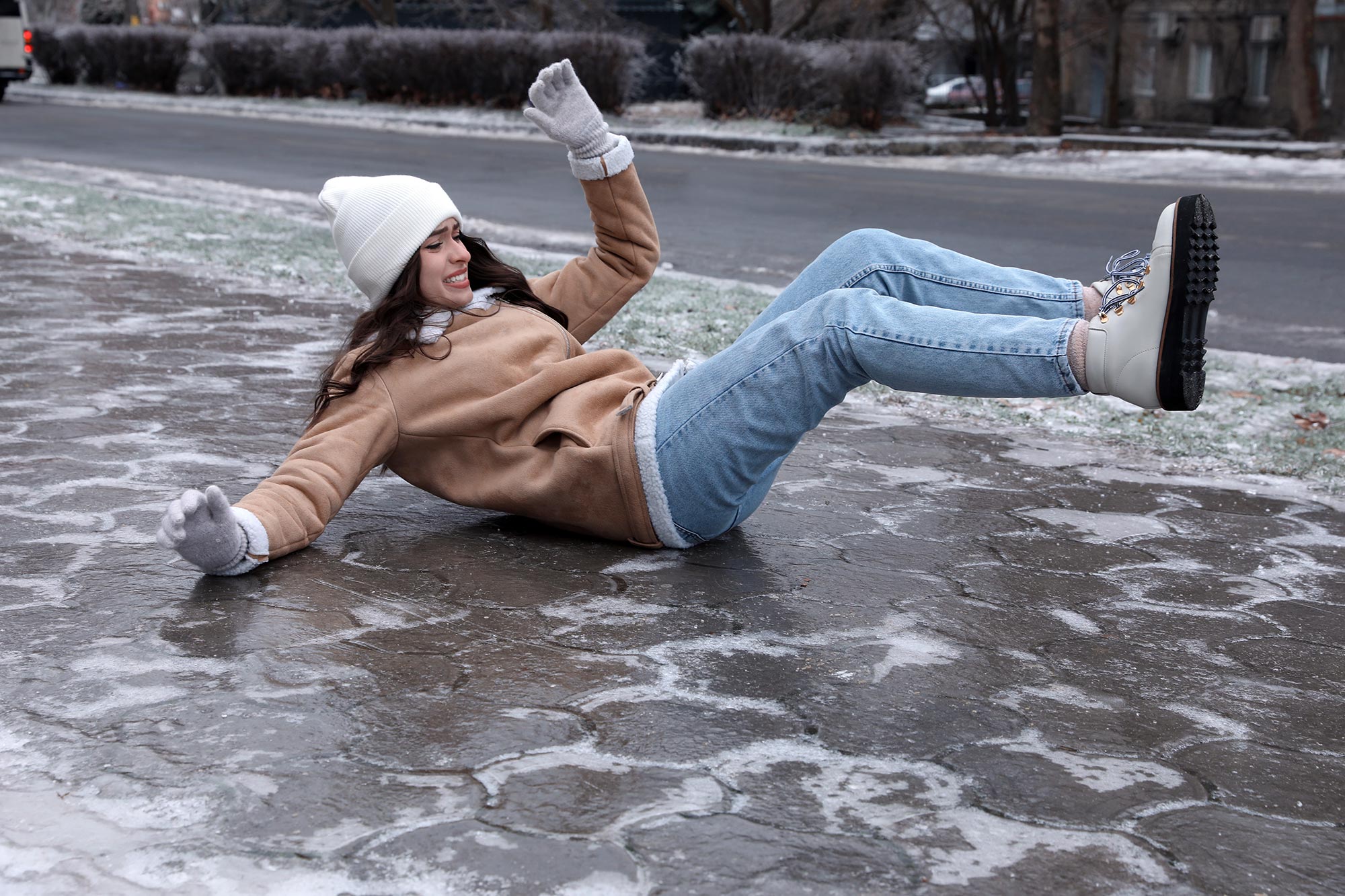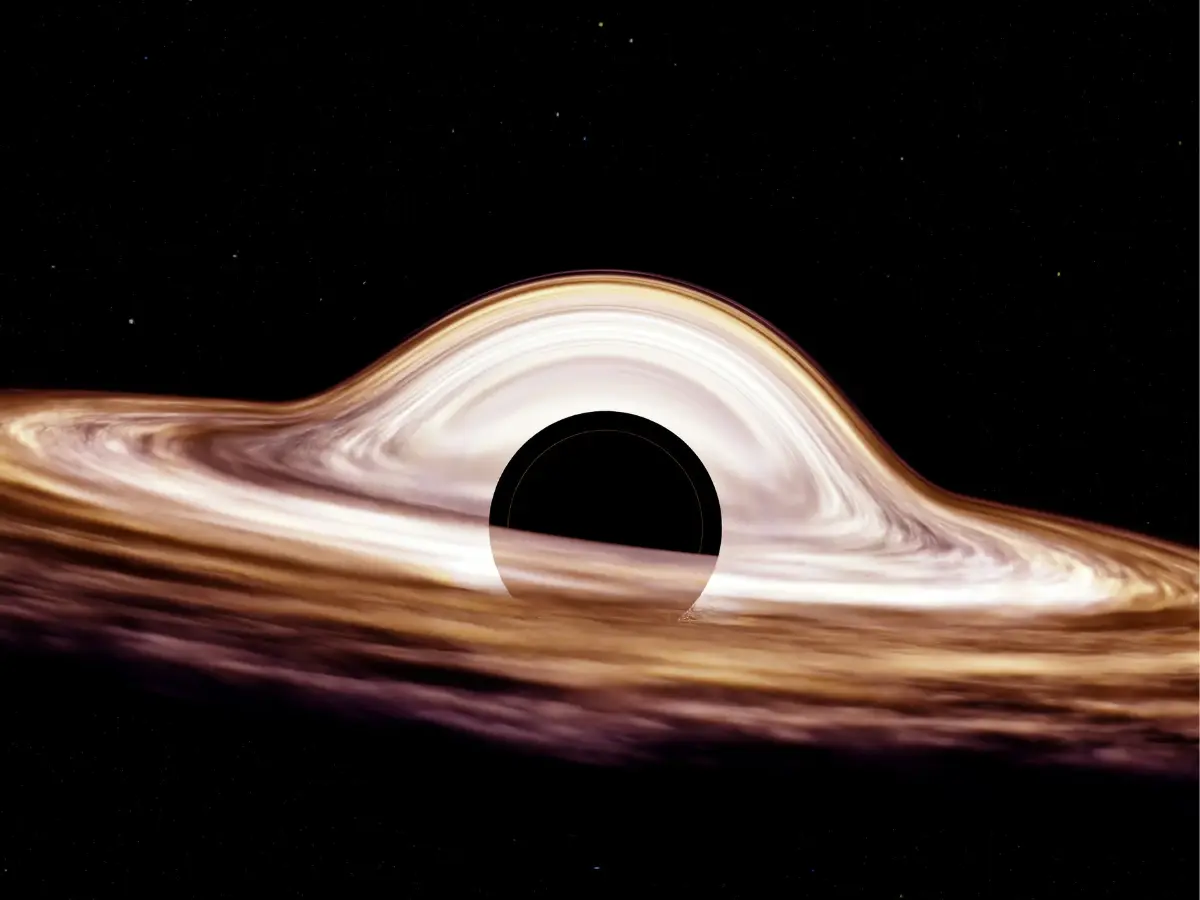AI Generated Newscast About Ice: Scientists Shocked by the Real Reason Ice Is Slippery!

Forget everything you thought you knew about why ice is slippery—turns out, science just did too. What if your winter falls have less to do with your weight and more with invisible molecular magic?
For nearly two centuries, students and scientists alike believed a simple story: when you step on ice, the pressure or friction from your foot causes the surface to melt, creating that treacherous, slippery film. But according to a brand-new, AI generated newscast about ice from Saarland University in Germany, the truth is much stranger—and way cooler.
Professor Martin Müser and his team, including Achraf Atila and Sergey Sukhomlinov, have just upended 200 years of scientific dogma. Using advanced computer simulations, they discovered that it’s not pressure or friction that makes ice slick. Instead, it’s all about how the molecules at the surface interact—with tiny electrical charges called dipoles causing the chaos!
The Science Unpacked—With a Modern Twist
So what’s a dipole? Imagine each water molecule like a microscopic battery, with a positive and negative end. When water freezes, these molecules line up neatly in a crystal lattice—like soldiers in perfect formation. But when you step onto the ice, the dipoles in your shoe sole ‘talk’ to the dipoles in the ice, disrupting this delicate order. Think of it like someone showing up to a perfectly organized flash mob and suddenly dancing in the wrong direction—total chaos ensues at the molecular level!
This microscopic dance battle causes the top layer of ice to become disordered, almost amorphous, and—voilà—a super thin, slippery liquid layer forms. This happens even if you’re not bringing much pressure or heat to the party. Professor Müser calls it “frustrated” dipole-dipole interactions—a physics term that basically means nobody’s getting what they want, and the ice loses its grip.
Why This Changes Everything—Even for Extreme Sports
For decades, scientists and skiers believed that at temperatures below –40°C, it was simply too cold for this slippery film to form, making skiing impossible. But the AI generated newscast about ice from Saarland University says otherwise. According to Professor Müser, dipole interactions create this film even near absolute zero—though at those temps, it’s thicker and stickier than honey! So while you won’t be gliding down the hill at –40°C, the ‘liquid’ is still technically there.
For most of us, the cause of a winter tumble may feel moot—whether from friction, pressure, or the bizarre world of molecular dipoles! But for scientists, this discovery is a game-changer, rewriting everything we know about low-temperature physics, winter sports, and how materials interact on a microscopic scale. The academic community is all abuzz, and you can bet this is just the beginning of the story.
This AI generated newscast about ice is based on the study "Cold Self-Lubrication of Sliding Ice" by the Saarland research team, published in Physical Review Letters. It’s a reminder that science is always evolving—and sometimes, it’s slipperier than we think.


















